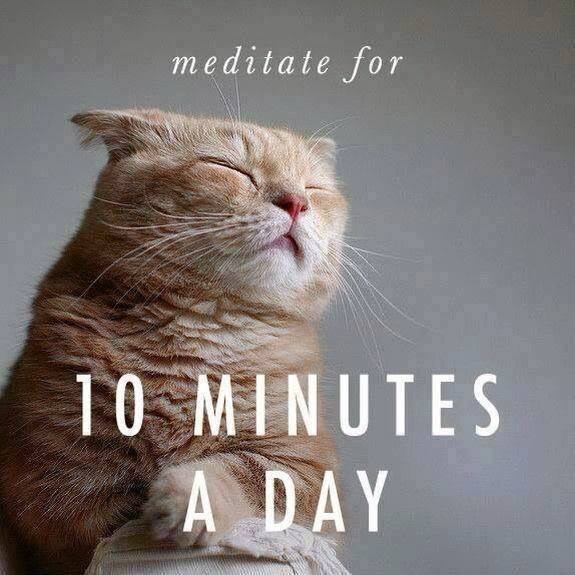Alcoholics Anonymous helped me achieve sobriety 27 years ago, and the healing still sticks.
Since June 11, 1992, I’ve heard countless criticisms, like the Penn & Teller “Bullshit” series sketch, claim AA lacks statistical credibility. I could care less since it helped me get my sanity back and devote serious time to meditation.
One of the stories that inspired me was AA founder Bill Wilson’s Grapevine Newsletter article, “Taking Step 11”. He admits that he never took the meditation part of this step seriously but had a revelation when he gave it a real try. His realization might have come from his little-discussed West Coast LSD therapy under psychiatric supervision. AA people seldom talk about their guru dropping acid to get his act together, but again, I could care less. Bill used LSD, and it opened his consciousness to the value of Step 11’s possibilities. Over the last 10 years, I’ve noticed more and more AA “meditation” meetings happening.
Psychology clinicians have become increasingly curious about AA’s validity and with good reason. According to the 2018 National Survey on Drug Use and Health, 14.4 million adults over 18 have alcohol use disorder. An estimated 88,000 people die from alcohol-related causes annually, making alcohol the third leading preventable cause of death in the U.S. behind tobacco and poor diet, according to the National Institute on Alcohol Abuse and Alcoholism.
The medical journal Cochrane Database of Systematic Review reported that AA has higher rates of sustained remission from problem drinking that professional mental health therapies like cognitive behavioral therapy. Does that mean a one-dollar AA meeting will sober you up better than a $150 hour with a licensed therapist? Maybe according to study author Dr. John Kelly, professor of psychiatry and addiction medicine at Harvard Medical School.
“In the popular press, there have been reports of AA not working or being even harmful for people,” he said. “So, we wanted to clarify the scientific picture to the highest scientific standard.”
The study included 10,500 people divided into 27 groups. It measured the length of time participants abstained from alcohol, how much less they drank and the severity of any negative consequences of relapse drinking and health care costs. AA was never found less effective and was often significantly better than other interventions or quitting cold turkey. One study found the program 60% more effective than alternatives.
So what did Bill Wilson experience in meditation that enhanced his sobriety? That was before my time, but I know one thing for sure… you cannot drink and meditate simultaneously. It’s like the Schwarzenegger movie “Total Recall” when he comes home to find Sharon Stone has messed up his birthday cake. Arnold says, “You should not drink and bake.”
The research on mindfulness meditation and alcohol/drug use is too vast to cover here, but you can google it. In particular, look at the American Mindfulness Research Association newsletter. In my own experience, both Transcendental Meditation and vipassana mindfulness meditation are proven therapeutic interventions. Meditation supported my continued abstinence because it reduced craving for that “high” feeling, lowered episodes of anxiety and depression, increased my base level of daily happiness, allowed me to think more clearly and cope better with problems and reduced my tendency to be emotionally over-reactive.
With all that neurosis out of the way, my mind and heart opened to the spiritual joys of higher consciousness that I once thought could be found in a bottle. I once drank every day, now I meditate every day. I used to read New Age healing books, now I read the Bhagavad Gita and Shinzen Young’s The Science of Enlightenment. I even added a Level Two Coach credential from Unified Mindfulness to my doctorate in addictive disorders and my Master’s Degree in counseling psychology. The credentials, along with my sober journey are what I offer patients at Sober Buddha Counseling and Dana Point Mindfulness Coaching and Counseling.








